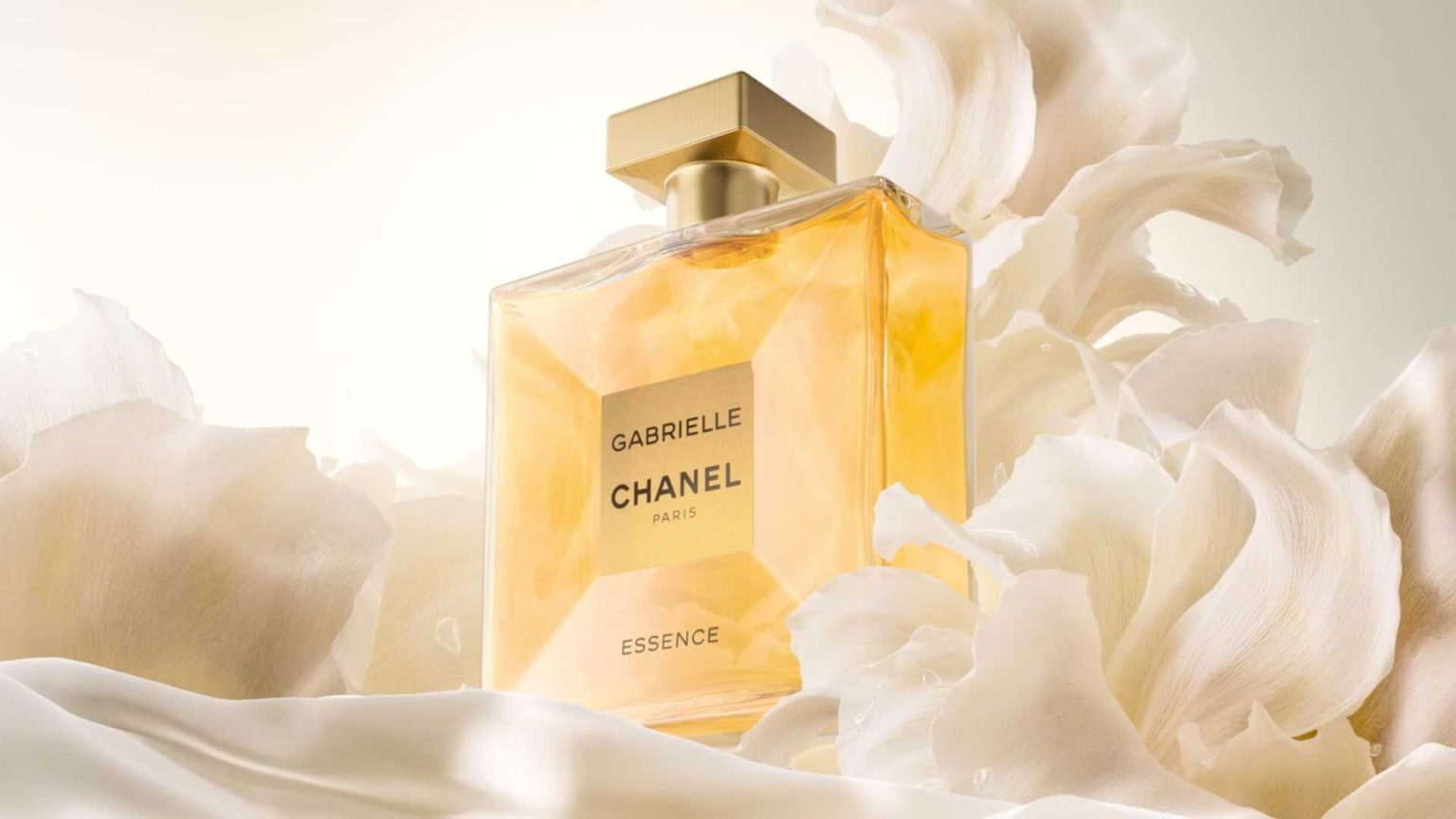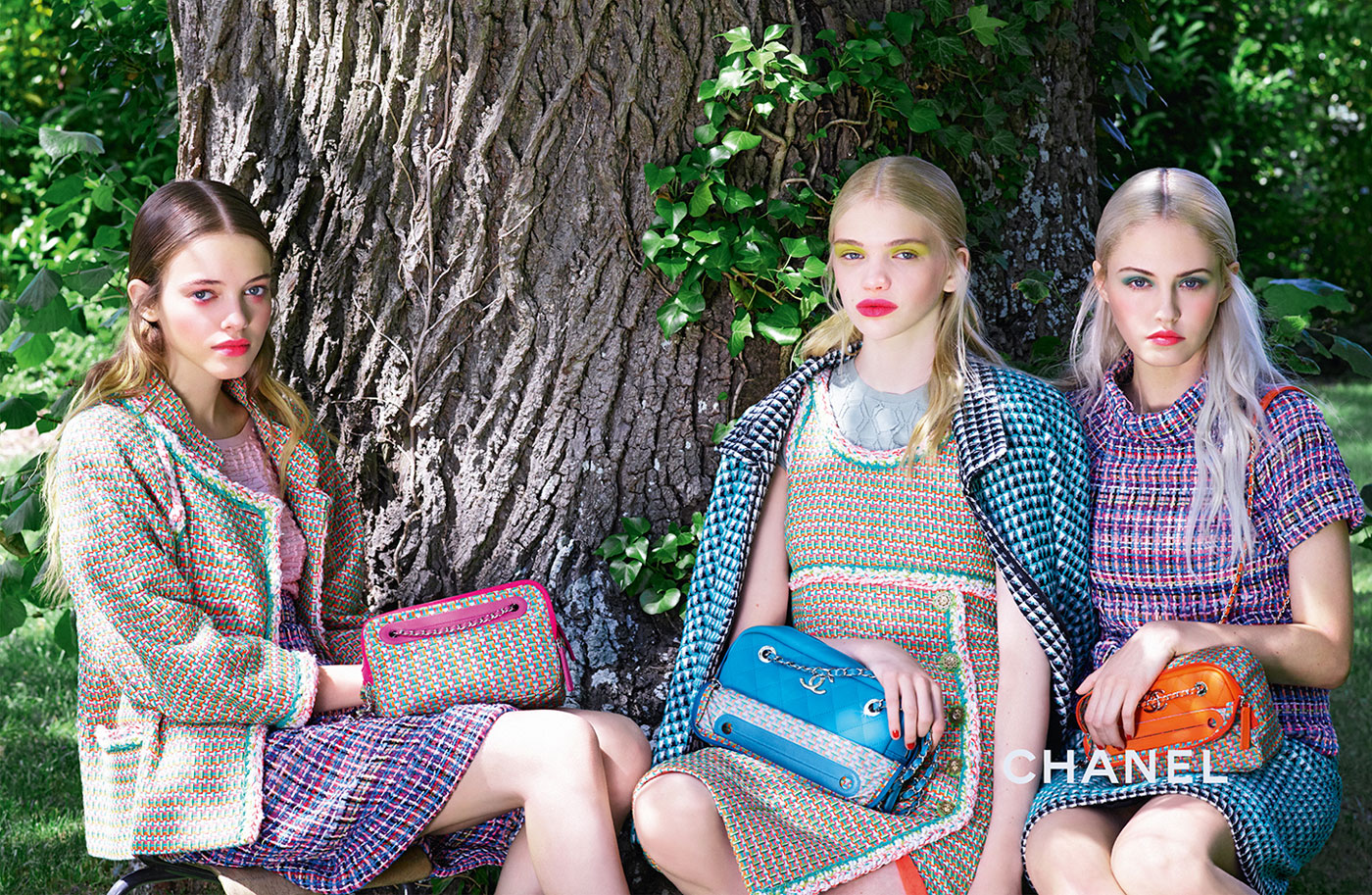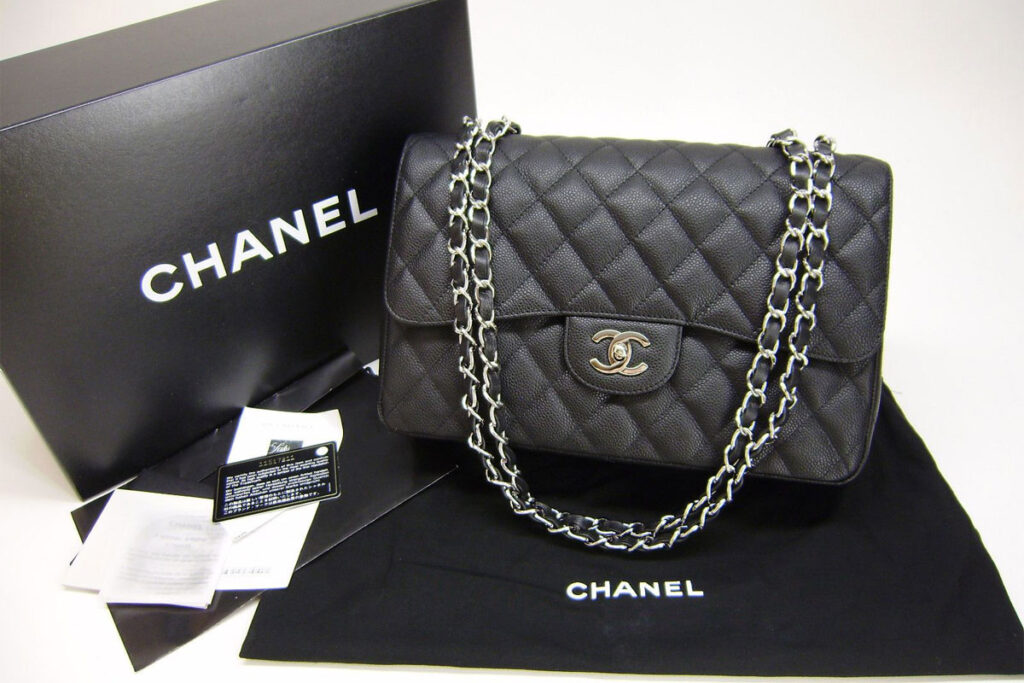Chanel is one of the most iconic luxury fashion brands in the world. It represents the epitome of elegance, sophistication, and timeless style, consistently influencing the fashion industry since its inception. From its humble beginnings to becoming a global powerhouse, Chanel has shaped the world of haute couture, ready-to-wear fashion, accessories, and fragrances. This blog article will explore the history of Chanel, its impact on the fashion world, the brand’s key products, and how it continues to captivate modern audiences.
The Birth of Chanel: A Vision of Simplicity and Elegance
Chanel’s story begins with its founder, Gabrielle Bonheur Chanel, better known as Coco Chanel. Born in 1883 in Saumur, France, Coco Chanel came from a modest background. Orphaned at a young age, she spent her early years in a convent orphanage, where she learned the basics of sewing. Little did the world know that this skill would help her build one of the most successful fashion empires in history.
In the early 1900s, Coco opened her first boutique in Paris, selling hats. Her designs quickly gained popularity among the Parisian elite. Chanel’s breakthrough moment came in 1913 when she introduced her first line of ready-to-wear clothing. This was revolutionary at a time when women were constrained by the rigid structures of corsets and long skirts. Chanel’s vision was clear: she wanted to create a new kind of fashion that was not only stylish but also comfortable.
The Essence of Chanel: Key Elements of the Brand

Minimalism and Elegance
One of the most defining characteristics of Chanel’s designs is the emphasis on minimalism and simplicity. Coco Chanel believed that “luxury must be comfortable, otherwise it is not luxury.” She was known for removing unnecessary embellishments, focusing instead on clean lines, elegant cuts, and sophisticated shapes.
Chanel’s signature pieces, like the little black dress (LBD) and the tweed jacket, are the epitome of understated luxury. These timeless designs have transcended trends, remaining relevant through the decades. The little black dress, in particular, is often cited as one of the most influential fashion pieces ever created.
The Influence of Jewelry and Accessories
Coco Chanel revolutionized the world of accessories as well. She famously said, “A woman who doesn’t wear perfume has no future,” which exemplifies her belief in the power of accessories. Chanel introduced bold and elegant costume jewelry, allowing women of all social classes to enjoy luxury adornments. The Chanel No. 5 perfume, which was launched in 1921, became a staple in the world of fragrance and remains one of the best-selling perfumes of all time.
The Chanel bag, especially the quilted leather Chanel 2.55 bag, became an enduring symbol of luxury and practicality. Designed in February 1955, the bag was groundbreaking in its inclusion of a shoulder strap, which allowed women to carry their bags hands-free—an innovative idea at the time. Today, the Chanel bag is considered one of the most coveted fashion accessories in the world.
The Classic Tweed Jacket
The Chanel tweed jacket is another standout piece that has stood the test of time. Coco Chanel was inspired by the jackets worn by men in the early 20th century, and she adapted them to fit women’s fashion. The result was a perfect blend of masculinity and femininity. The jacket’s tailored, structured design and luxurious fabric made it a staple in Chanel’s collections, and it continues to be one of the brand’s most iconic pieces.
Chanel’s Impact on Fashion: The Game-Changer

Chanel’s influence on the fashion industry cannot be overstated. Coco Chanel challenged the norms of her time and changed the way women dressed. Before Chanel, women were expected to wear restrictive clothing that emphasized a narrow waist and full skirts. Chanel broke away from these conventions, advocating for a more relaxed and androgynous look. She was instrumental in popularizing pants for women and introducing fashion that prioritized freedom of movement.
Chanel’s Influence on the 1920s Flapper Style
The 1920s were a period of dramatic social and cultural change, and Chanel played a key role in shaping the style of the era. She introduced the bob haircut, which became synonymous with the flapper movement, and she was responsible for popularizing the bobbed dress, which was shorter and less formal than the gowns of the time.
The fashion of the 1920s was all about freedom, both in terms of movement and self-expression, and Chanel’s designs epitomized this ethos. Her streamlined, boyish look for women rejected the ornate, corseted silhouettes of the previous century. Instead, she introduced relaxed fits and shorter hems that allowed women to move freely, dance, and embrace a more modern, liberated lifestyle.
Chanel in the Post-War Era
After World War II, Chanel’s designs experienced a period of decline. The brand temporarily closed its doors in 1939, and Coco Chanel moved to Switzerland for several years. However, in 1954, she made a triumphant return to the fashion world. With a revitalized sense of purpose, Chanel reintroduced her classic designs, including the tweed jacket and the little black dress, to a fashion landscape that had changed in her absence.
Her comeback collection received mixed reviews, but it soon garnered widespread praise. By the late 1950s, Chanel was once again one of the most influential fashion houses in the world, and her designs were synonymous with luxury and sophistication.
Chanel’s Legacy and Continued Influence

Coco Chanel passed away in 1971, but her legacy lived on through the brand she created. In 1983, Karl Lagerfeld took over as the creative director of Chanel, and under his direction, the brand continued to evolve while maintaining the core principles established by Coco. Lagerfeld’s innovative designs ensured that Chanel remained a leading force in the fashion world.
Chanel Under Karl Lagerfeld
Lagerfeld’s tenure at Chanel marked a period of modernization and bold innovation. He introduced a new vision of Chanel that balanced the brand’s timeless elements with modern interpretations. His collections regularly included innovative uses of materials and cutting-edge silhouettes while staying true to Chanel’s legacy of elegance.
Lagerfeld also played a significant role in keeping the brand’s exclusivity intact. Chanel maintained a high level of craftsmanship, and its products were often associated with prestige and luxury. Lagerfeld’s influence can still be seen in Chanel’s collections today, as the house continues to combine classic styles with contemporary innovations.
Chanel Today: Timelessness in a Modern World
In 2019, Virginie Viard succeeded Karl Lagerfeld as Chanel’s creative director after his passing. Viard, who had worked closely with Lagerfeld for many years, has maintained the brand’s core values while infusing it with a fresh, contemporary energy. Chanel continues to dominate the fashion world with its collections, including its highly sought-after bags, clothes, and accessories.
The house remains one of the most profitable luxury brands in the world, with its products symbolizing wealth, exclusivity, and sophistication. Despite the rise of new luxury brands, Chanel’s staying power can be attributed to its ability to stay true to the timeless principles laid out by Coco Chanel herself.
Chanel’s Role in Modern Fashion Culture

Chanel’s influence extends beyond the runway. The brand’s logo, a simple yet powerful interlocking C’s, is instantly recognizable, making it one of the most powerful symbols of luxury. Celebrities, influencers, and fashion enthusiasts all over the world continue to showcase Chanel’s pieces as symbols of status and refinement.
Chanel also plays a major role in fashion media, with its runway shows becoming highly anticipated events at Paris Fashion Week. The brand’s marketing campaigns often feature some of the world’s most renowned models and actresses, reinforcing its association with glamour, luxury, and high society.
Chanel’s timeless appeal has also made it a favorite among collectors. Vintage Chanel bags and accessories are highly sought after in the second-hand market, and some items can command exorbitant prices at auction houses. This continuing demand for Chanel products highlights the enduring value of the brand and its designs.
Conclusion
The Enduring Legacy of Chanel
Chanel is not just a brand; it is a symbol of style, elegance, and luxury. From its humble beginnings with Coco Chanel’s vision of simplicity to its continued success in the modern era, Chanel remains one of the most influential names in fashion history. The brand’s timeless pieces, from the little black dress to the quilted handbag, have become ingrained in the fabric of global fashion culture.
FAQs
What is the history of Chanel?
Chanel was founded by Gabrielle “Coco” Chanel in 1910, originally as a hat-making business in Paris. Over the years, the brand expanded to include ready-to-wear clothing, jewelry, handbags, and fragrances. Coco Chanel revolutionized women’s fashion by introducing comfortable, yet sophisticated designs, including the iconic little black dress, the Chanel No. 5 perfume, and the classic tweed jacket. Today, Chanel is one of the most prestigious and influential luxury brands globally.
Who is the founder of Chanel?
The founder of Chanel is Gabrielle Bonheur “Coco” Chanel, a French designer known for her groundbreaking contributions to women’s fashion. She was born in 1883 in Saumur, France, and after overcoming a difficult early life, she became one of the most influential fashion designers of the 20th century. Her legacy continues to define the brand.
What are some of the signature pieces from Chanel?
Some of the most iconic Chanel pieces include:
The Little Black Dress (LBD): A timeless piece that has become synonymous with elegance and simplicity.
The Chanel No. 5 perfume: Launched in 1921, this fragrance remains one of the best-selling perfumes in history.
The Chanel 2.55 Bag: A quilted leather handbag designed in 1955 that revolutionized women’s accessories by introducing a shoulder strap.
The Tweed Jacket: A key element of Chanel’s design, known for its blend of masculine tailoring and feminine elegance.
How did Coco Chanel change fashion for women?
Coco Chanel’s designs liberated women from the restrictive fashion norms of the early 20th century. She popularized simple, comfortable clothing such as pants, the bob haircut, and shorter dresses. Her innovative use of jersey fabric, menswear-inspired designs, and focus on comfort over corsets were revolutionary at the time and laid the foundation for modern women’s fashion.
How did Chanel influence the fashion industry?
Chanel was a pioneer in reshaping the role of women in fashion. She introduced the concept of “less is more,” championing simplicity and elegance over over-the-top extravagance. Her designs promoted freedom of movement and were a departure from the constrictive, formal clothing worn by women before her time. Chanel also made high fashion more accessible to women of different social backgrounds and pioneered the use of costume jewelry, allowing luxury to be enjoyed by all.
Who is the current creative director of Chanel?
Since 2019, Virginie Viard has been the creative director of Chanel, succeeding the late Karl Lagerfeld. Viard, who had worked closely with Lagerfeld for over 30 years, continues to uphold the brand’s legacy of timeless elegance while infusing it with a fresh, contemporary spirit.
Why is Chanel so expensive?
Chanel’s products are expensive due to the brand’s commitment to high-quality materials, craftsmanship, and exclusivity. Each item is meticulously created by skilled artisans, many of whom have been with the company for decades. Chanel also maintains a high level of exclusivity, which increases demand for its products. The brand’s heritage, prestige, and status further contribute to the premium price tags.
Is Chanel still relevant today?
Absolutely! Chanel remains one of the most influential fashion brands in the world. Its timeless designs, such as the little black dress, Chanel No. 5 perfume, and Chanel handbags, continue to define the fashion industry. While the brand has evolved under the direction of new creative leaders, its core values of elegance, sophistication, and craftsmanship remain unchanged, making it as relevant today as it was in Coco Chanel’s time.
What makes Chanel different from other luxury brands?
Chanel stands out due to its commitment to simplicity and elegance in design, as well as its focus on creating timeless pieces that transcend trends. Unlike other luxury brands that may focus on flamboyance, Chanel’s philosophy is rooted in understated luxury and functional elegance. Additionally, Chanel’s exclusive and selective distribution strategy, paired with its long-standing heritage, has helped the brand maintain its prestigious position in the luxury market.
What is Chanel’s approach to sustainability?
Chanel is increasingly focusing on sustainability and ethical practices. The brand has made significant strides toward more sustainable production processes, including efforts to reduce its environmental impact, improve sourcing of materials, and ensure ethical labor practices. In 2020, Chanel announced its commitment to sustainable fashion by aiming to reduce its carbon footprint and promote transparency in its supply chains.
Why is the Chanel No. 5 perfume so iconic?
Chanel No. 5 is one of the most famous perfumes in the world and has maintained its popularity since its launch in 1921. What makes Chanel No. 5 iconic is its unique composition, blending floral notes like jasmine and rose with a complex mix of aldehydes. It was the first perfume to be marketed as a “modern” fragrance—unlike any others at the time—and is still considered the gold standard of luxury fragrances today.
Can I buy Chanel products online?
While Chanel’s exclusive nature means that most of its products are sold through select boutiques and department stores, the brand does have a limited online presence for certain regions. For many of its high-end items like handbags and clothing, you will need to visit a physical boutique or authorized retailer. However, certain items like perfumes and small accessories may be available for purchase online.
How do I authenticate a Chanel bag?
Authenticating a Chanel bag requires attention to detail. Look for key features such as:
The serial number: Chanel bags have a serial number located inside the bag, often near the interior pocket.
The quality of the stitching: Chanel bags are crafted with exceptional precision, so stitching should be even and flawless.
The hardware: Authentic Chanel bags have high-quality, engraved hardware.
The material: The leather and fabric used in Chanel bags are of the highest quality, with an unmistakable texture and sheen. If in doubt, consult with a professional authentication service to verify the bag’s authenticity.
Are Chanel bags a good investment?
Yes, Chanel bags can be a great investment. Due to their timeless appeal, Chanel bags, particularly limited editions or classic styles like the 2.55, often retain or even increase in value over time. The brand’s exclusivity and the craftsmanship of each bag make it a desirable item for collectors and fashion enthusiasts alike.
Why is the Chanel logo so iconic?
The Chanel logo, consisting of two interlocking “C’s,” is one of the most recognizable symbols in the world. The logo represents the initials of Coco Chanel and has become synonymous with luxury, elegance, and timeless fashion. The simplicity of the design, paired with the prestige of the brand, has helped the logo retain its iconic status for decades.


